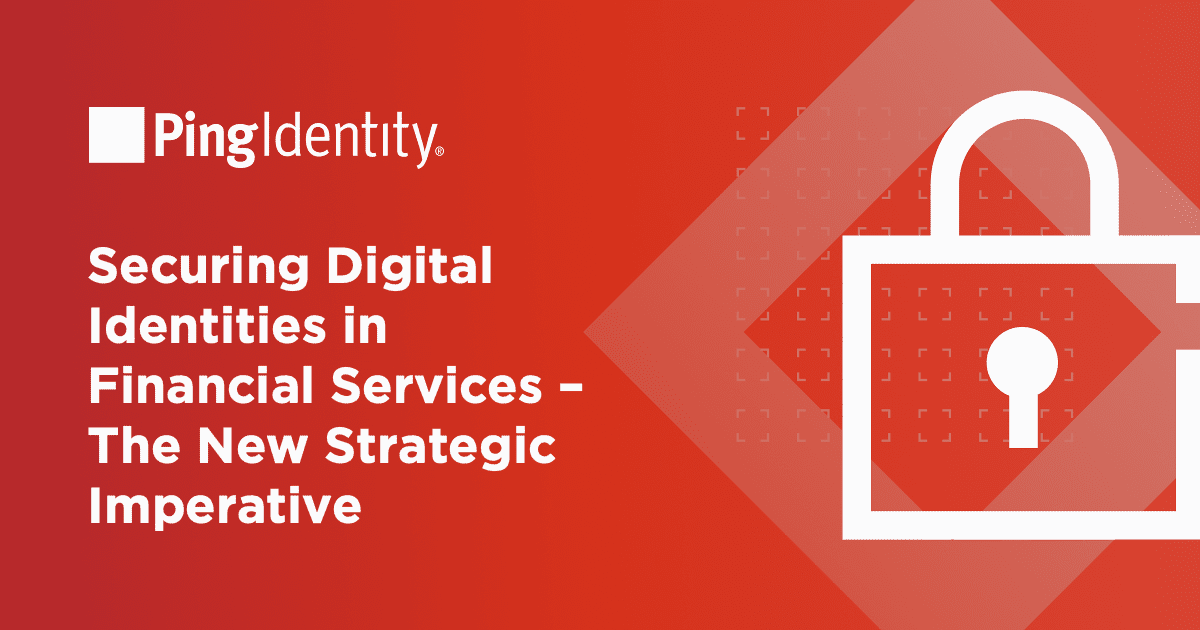The Risks Associated With Identity Fraud in Banking Have Never Been Greater
Banking fraud becomes costlier each year, and the threat of generative and adversarial AI technologies being misused adds additional approaches and sophistication of attack vectors never experienced before. Identity fraud is a major contributor to the rise in overall bank fraud, driven by many factors including an explosion in identity theft, with experts believing there is a new victim of identity theft every 22 seconds, and total fraud and identity theft cases up 47% from the previous year to $10.2 billion according to the Federal Trade Commission (FTC). Meanwhile, the Financial Crimes Enforcement Network (FinCEN) has released a Financial Trend Analysis in January 2024 that reveals approximately 1.6 million, or 42% of around 3.8 million total Bank Secrecy Act (BSA) reports, equivalent to $212 billion in suspicious activity, were related to identity.
These government agencies are sounding the alarm because banks and other financial institutions are increasingly challenged by sophisticated, motivated cybercriminals who are constantly finding new and creative ways to commit fraud. At the same time, customer demands mean that financial institutions are under significant pressure to provide Open Banking APIs and other new federated connections with business partners, despite the fact that this significantly increases their attack surface.
Fortunately, new technologies and architectures are now available that can help banks counter the traditional attacks and future-proof against new and enhanced AI-based attacks.
Compromised Identity Is Central to Banking Fraud
Identity crimes often precede the many types of fraud common in banking. Whether fraudsters are aiming to open new accounts or apply for loans or new credit cards under a stolen or synthetic identity, or are seeking to gain access to existing accounts in order to make fraudulent transfers or harvest sensitive information, they must commit identity fraud first.
It is unsurprising, then, that the cost of identity fraud in banking as well as the volume of fraud cases related to identity continues to go up. Andrea Gacki, Director of FinCEN revealed in June 2024 some preliminary results of an early assessment of the Suspicious Activity Reports (SARs) from 2022 and 2023. Director Gacki revealed that in just two years, the percentage of the 4.7 million reported SARs tied to some impersonation, circumvention or compromise of identity has jumped from 42% (2021 assessment) to 75%. Director Gacki said, “Based on initial indications, by 2023, identity-related SARs accounted for around half of value and almost three quarters of volume.”
AI Has Created New Threat Vectors
The development in artificial intelligence technologies has been a book to fraudsters, who can now use generative AI to commit fraud more effectively and at scale. As just one example of how this might play out, many European banks and regulators have instituted remote video interviews as a requirement to opening a bank account. However, what our eyes see and our ears hear can no longer be relied upon thanks to generative and other AI technologies being exploited by adversaries. Rapid implementation and usage tools now available as layers on top of the AI core tech enables video and audio deep fakes to be created and injected into a digital interaction with little effort.
Fraud departments already struggle to keep up with the number of cases that need their attention, and AI is likely to make this problem much worse. Ping recently surveyed 700 IT decision makers from around the world about the topics of AI, fraud, and decentralized identity, and found that only 52% of respondents felt fully confident that they could detect a deepfake of their CEO. Meanwhile, AI emerged as the top area of significant concern among the professionals surveyed, and 54% of organizations admitted to being extremely concerned that AI technology would increase identity fraud.
Digital and Open Banking Increases Attack Surface
Digital and online banking continues to increase at a rapid pace with customer demand to execute routine financial transactions driving adoption. 81% of users in the US surveyed say they have linked their bank account to third parties online. Regulation from governing authorities demanding Open Banking so as to not lock customers into one bank and enabling them to move between banks has added additional pressure.
Enabling access using traditional methods like server-side APIs and federation (such as OIDC) does not lend itself to increasing security. Every time account access APIs are published for consumption by third parties or federated integrations are created between the bank and a third party, the attack surface of the bank increases, making it more vulnerable and statistically more likely to experience an attack that must be mitigated. As sophistication increases with generative and adversarial AI, securing these connections and mitigating attacks will become increasingly expensive with a higher probability of failure to mitigate.
Reduce Fraud with BankID and Verifiable Credentials
New Technologies and Architectures Open Up New Protective Fronts to Fight Fraud
Fortunately, new technologies and architectures are now available that can help banks counter the traditional attacks and future-proof for the fast-approaching AI-based attacks. One such solution is the PingOne Neo product suite, which includes identity verification with liveness and data injection detection (deep fake protection), verifiable credentials, and decentralized identity and integration.
To see how these technologies can help, let’s examine some of the functional areas requiring protection in banking and how these new technologies can help.



